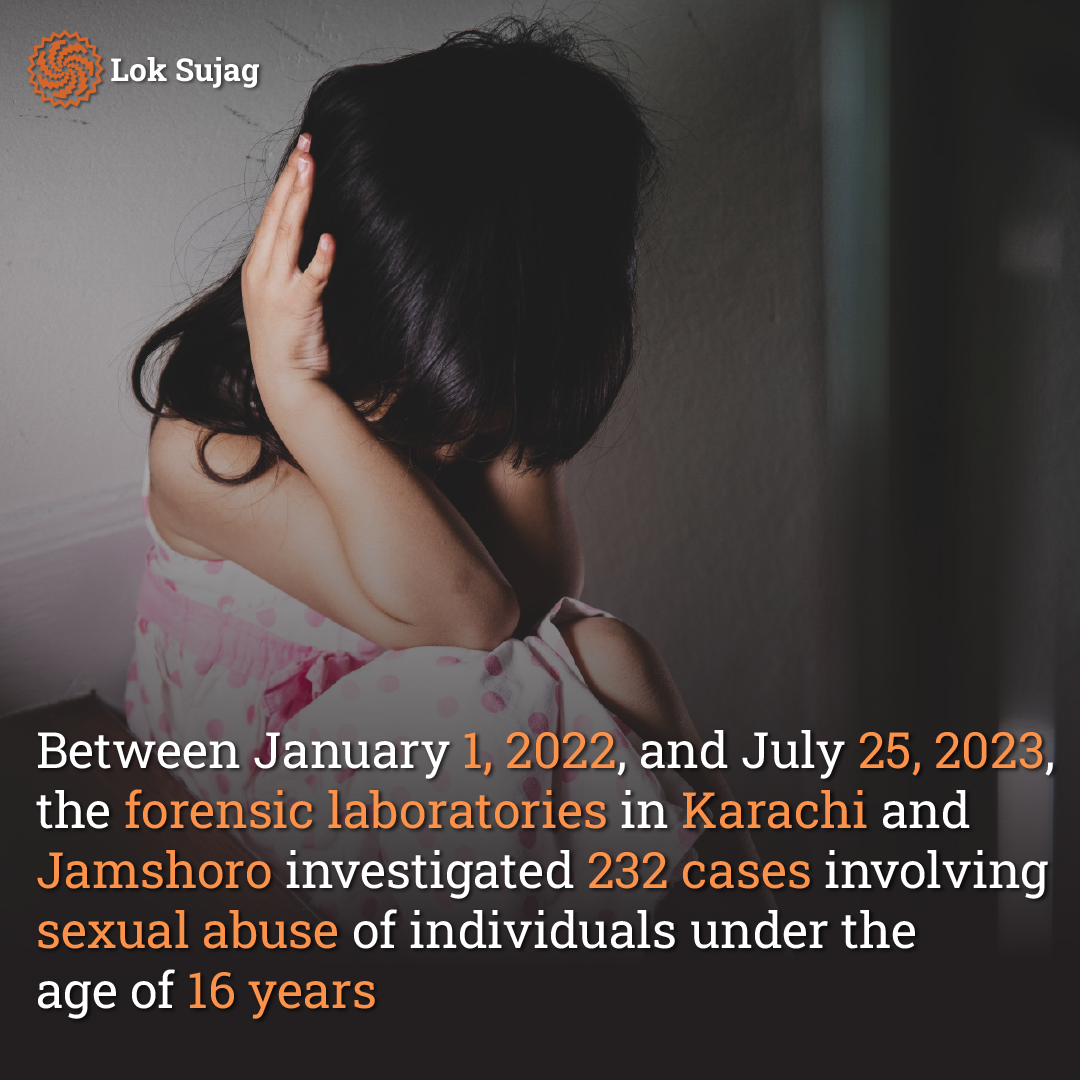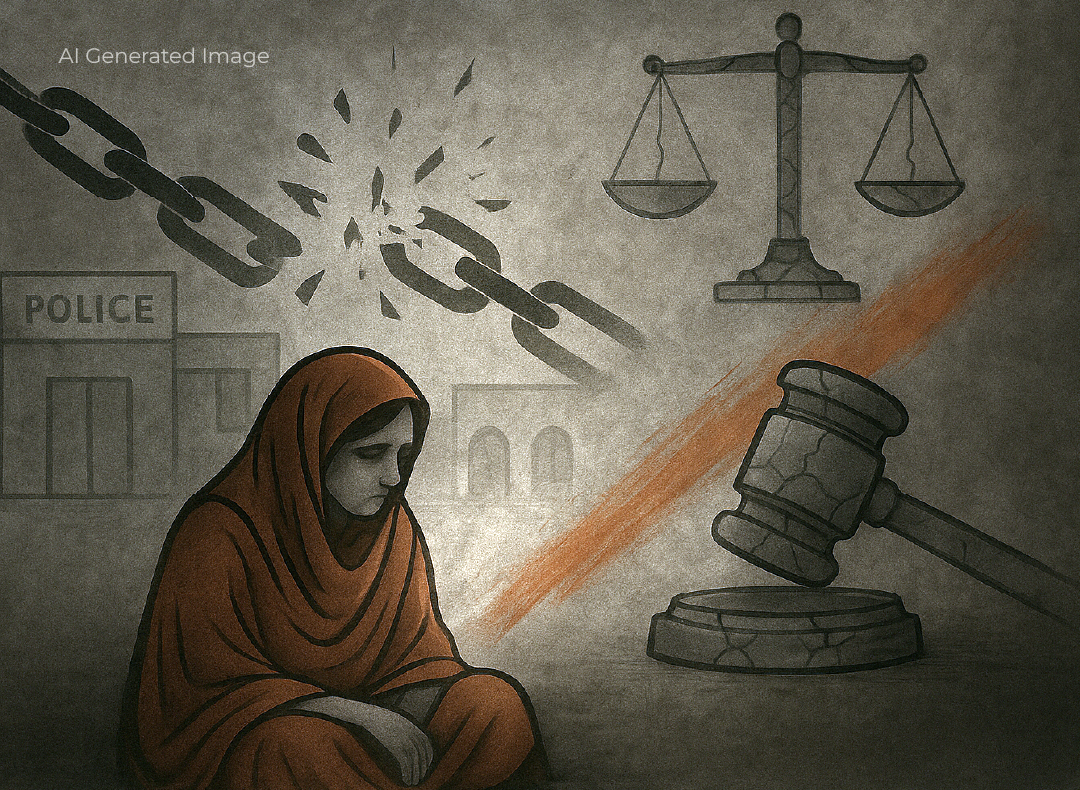On April 30, after a long day of strenuous labour, Revo Bhail arrived home, where his wife informed him that their twelve-year-old son Naresh had not returned from work. Concerned, Revo promptly headed to the carpenter’s shop where Naresh was employed. However, he was informed upon inquiry that Naresh had not shown up for work that day. The situation left the family anxious for Naresh’s safe return.
For two days, Revo tirelessly searched for his son. On the third day, he received the devastating news that the police had discovered a child’s body in a nearby banana plantation. Revo rushed to the location with a heavy heart, only to find that it was his beloved Naresh’s lifeless body, cruelly discarded in the garden after being killed.
Naresh, the second among three sisters and five brothers, came from a large family. His elder brother, Lal Chand, has a seventh-standard education and works at a clinic, where he earns Rs 100 per day. His daily tasks include cleaning, filling water, and assisting patients.
According to Lal Chand, Naresh attended a government primary school. He had completed five papers in the class 5 exams but still had four more. To help with household expenses, Naresh also worked at a carpentry shop alongside his studies. His earnings at the shop varied, sometimes receiving fifty rupees and other times a hundred rupees, which he would usually hand over to his mother.
They found Naresh’s body, but the person who killed him remained unidentified. On May 2, his father reported the murder to the police, but for a month and a half, they could not find any clues about the culprit.
In the meantime, civil society members organised a protest outside the office of SSP Tando Ulyar, Syed Saleem Shah, demanding the swift apprehension of the killers.

In response to the public outcry, the police initiated a thorough investigation into the incident. They collected some from the victim’s clothes and body for DNA testing. Given that the incident occurred in Tajpur, DNA samples from 70 potential suspects in the local area were sent to the laboratory for cross-matching.
Additionally, two officers were replaced during the investigation.
In a significant development, the CIA police were brought on board to assist in this case. On June 18, Investigating Inspector Afzal Ahmad Magsi made a breakthrough, successfully locating the prime suspect, Farhan.
Following the arrest, the accused admitted to his crime and provided the names of four other individuals involved. However, during the court proceedings, he retracted his statement to the police. As a result, DNA matching emerged as the case’s sole legal evidence.

In the laboratory analysis, the DNA of another accused, Momin Ali, matched the DNA recovered from Naresh’s clothes and body, along with that of Farhan.
In addition to the matches between Farhan and Momin Ali’s DNA with the evidence, the DNA of an unidentified individual was also discovered, leading the police to suspect that this person is the absconding accused, Sajjad.
The authorities arrested two more suspects implicated in the incident, Ramesh and Rizwan.
Dr Samia Syed, a police surgeon in Karachi, highlights that the breakthrough in apprehending the accused in this blind murder case was solely achieved through DNA evidence. The unidentified DNA found at the crime scene can only be traced back to a suspect if a sample is obtained after arrest and subjected to cross-matching.
In a landmark decision on January 7, 2021, the Supreme Court ruled that DNA evidence will be deemed admissible for the identification of an accused, as exemplified in the case of Ali Haider alias Pappu.
Also Read

Rising incidents of children’s sexual abuse: What makes the families of victims to pardon the perpetrators
In Sindh, there are two DNA testing laboratories. The first is located at Liaquat University of Medical and Health Sciences in Jamshoro, while the second is the Sindh Forensic DNA and Serology Laboratory (SFDL) at the International Center for Chemical and Biological Sciences, University of Karachi.
Between January 1, 2022, and July 20, 2023, the Sindh Forensic DNA and Serology Laboratory (SFDL) investigated 131 cases of sexual abuse involving individuals under 16 years of age. Among these cases, 51 were concerning boys, while 80 involved girls. Notably, in 72 cases, DNA analysis yielded matches, providing crucial evidence for the investigations.
As per information obtained from Liaquat University’s DNA laboratory, during the period from January 1, 2022, to July 25, 2023, a total of 101 cases involving sexual abuse of individuals under the age of 16 underwent DNA matching. Among these cases, 53 involved boys and 48 concerned girls. Sixty of these cases yielded positive DNA matches, providing significant leads for the investigations.
Published on 7 Aug 2023




















